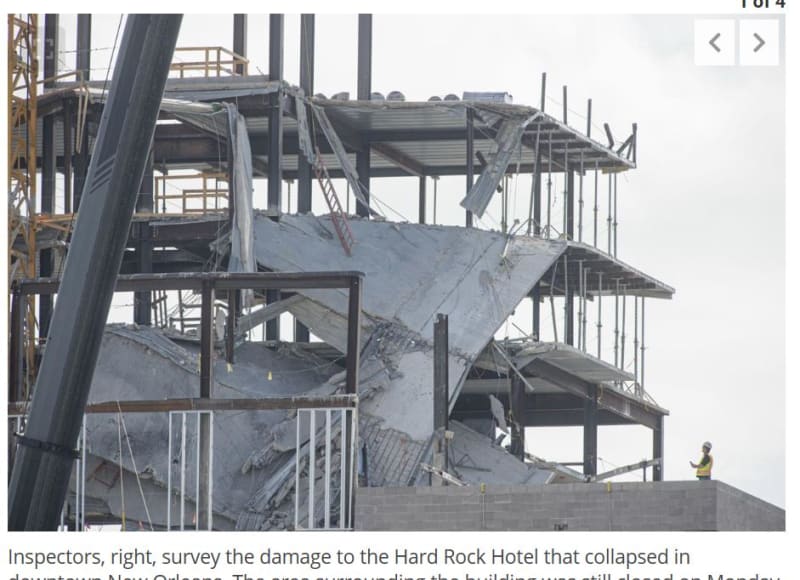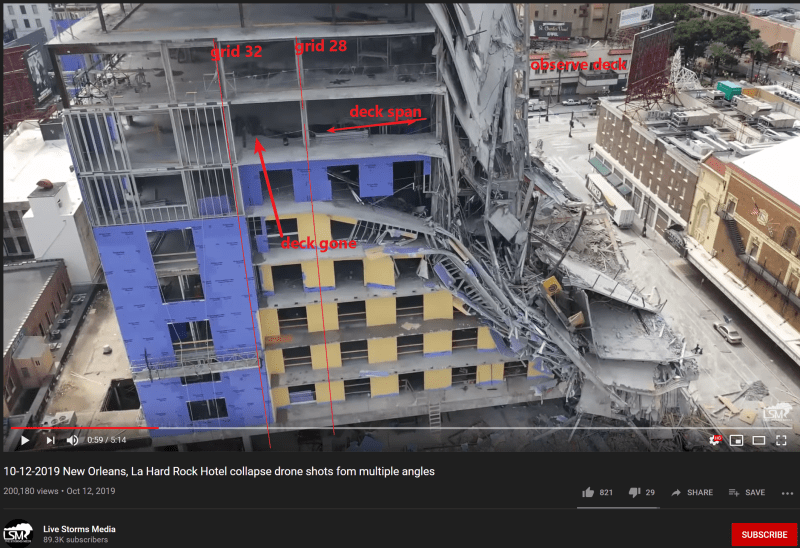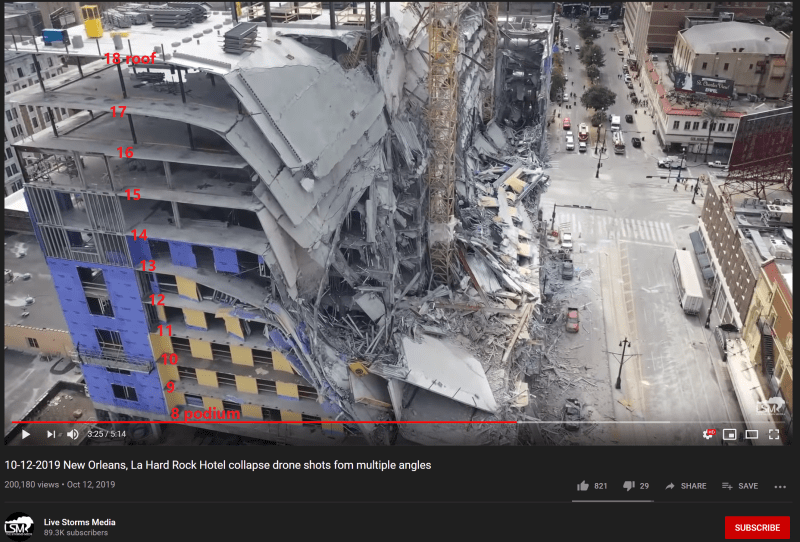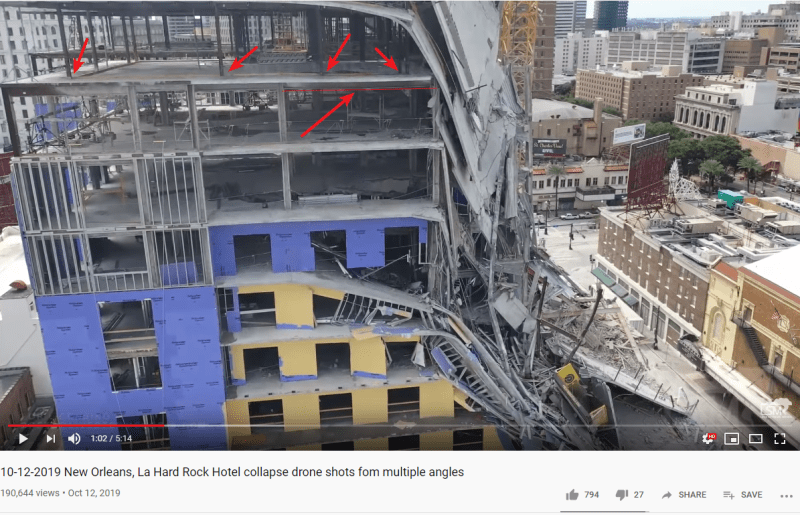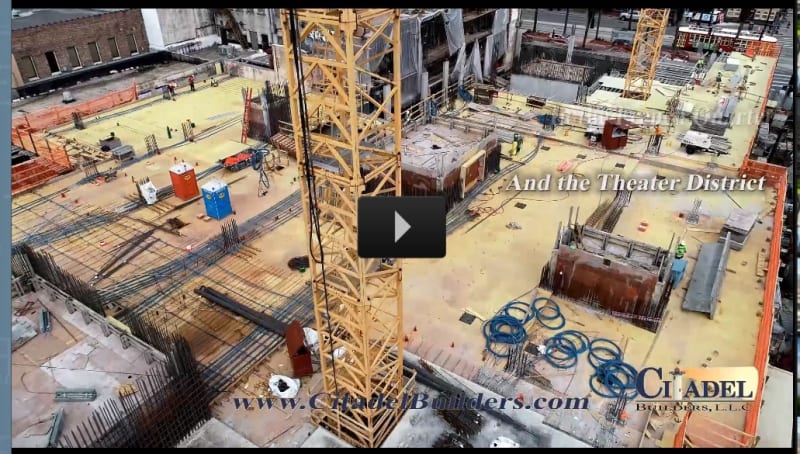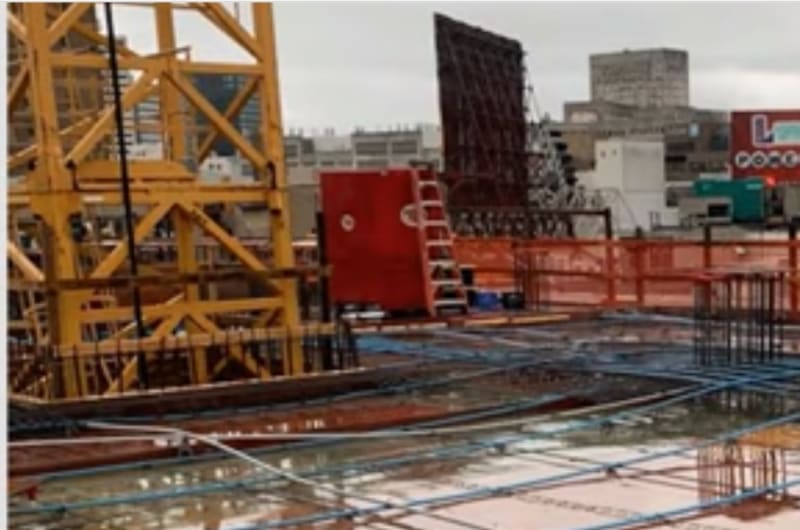structuralengr89
Structural
- Jun 28, 2006
- 108
Winelady,
The deck is not spanning in the direction shown on the plans...its spanning in the other direction driving all the load to the perimeter W10x19...Try W10x19 spanning 25'-9" with 24' of trib.
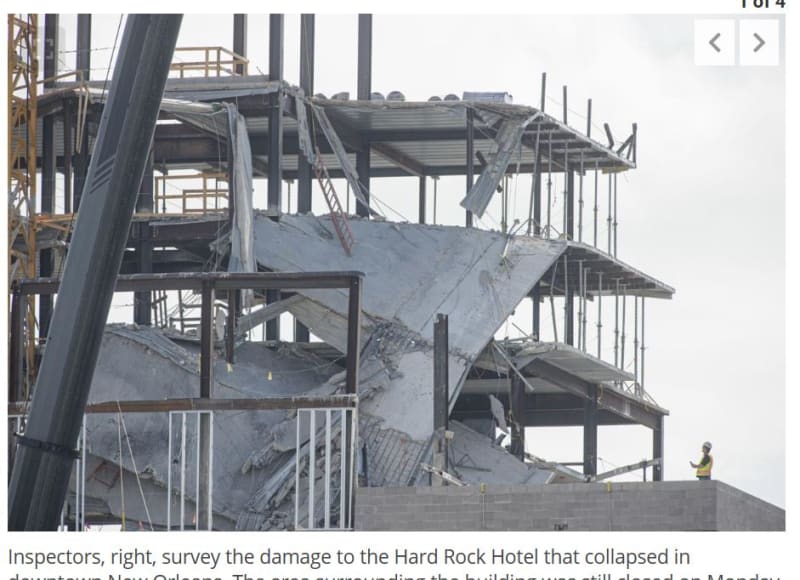
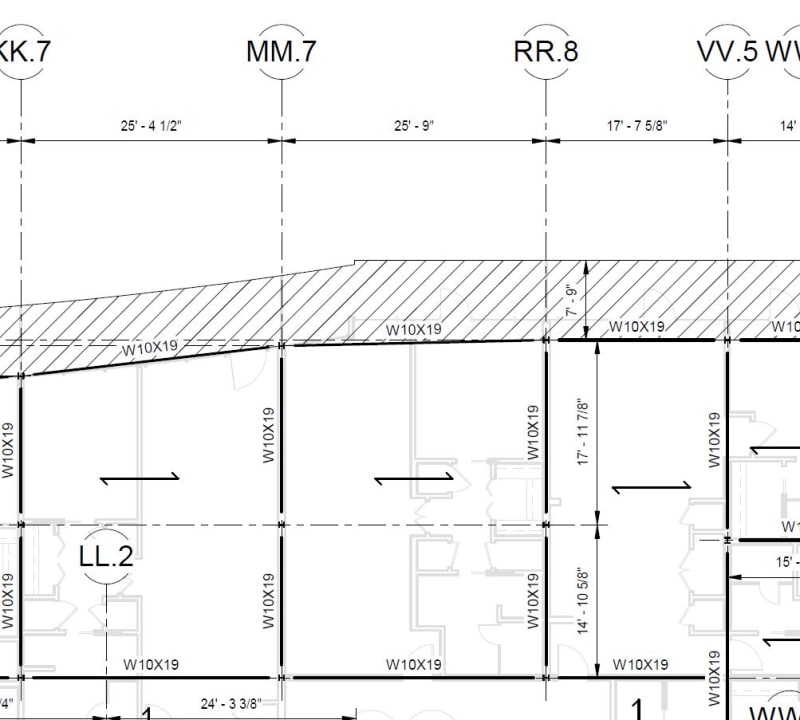
The deck is not spanning in the direction shown on the plans...its spanning in the other direction driving all the load to the perimeter W10x19...Try W10x19 spanning 25'-9" with 24' of trib.



